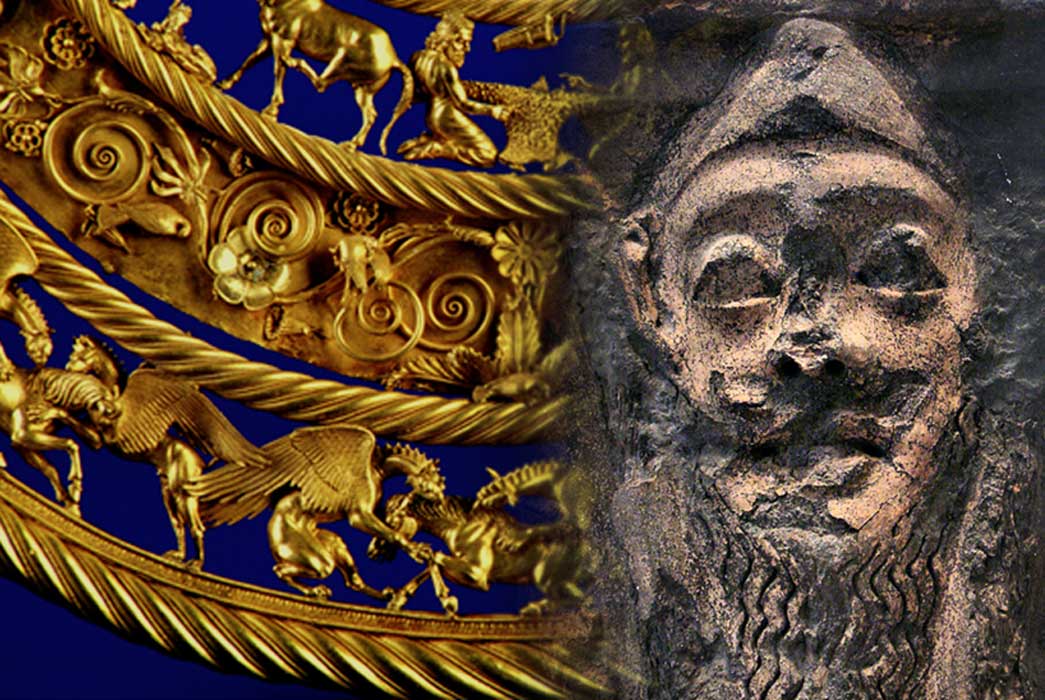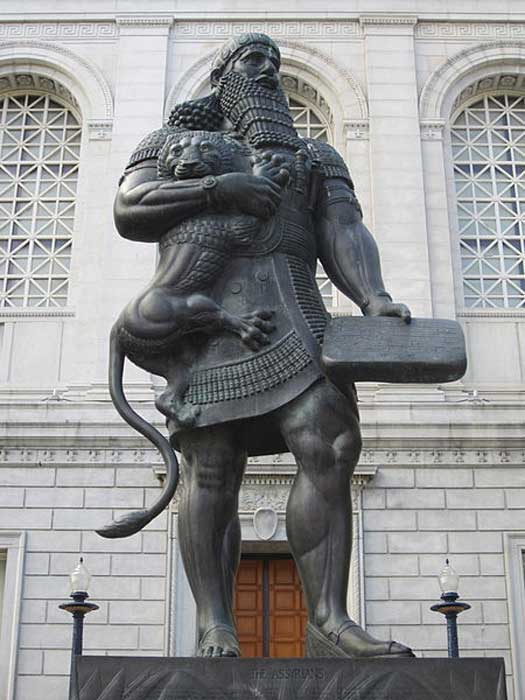
Madyes: Master of Asia, Historical Enigma
Madyes, the mysterious Scythian stepped onto the world stage. There is not a great deal of information about him, nor has his name turned up in any of the Assyrian tablets. Herodotus and Strabo are the only two writers who mention him other than Arrian, who refers to him as “Idanthyrsus.”
Nevertheless, Herodotus provides the most information about Madyes (or Madius). Most historians have read and used Herodotus’ work for their research in dealing with this matter. But what if Herodotus was wrong? This would not be a new statement by any means nor is it to meant to demean Herodotus’ work. So let us look at Herodotus’ chronology from the Scythian invasion to Cyaxares, King of Media.
Mysterious Origins and the Chronology of Herodotus
According to Herodotus, Madyes was the son of Bartatua (in Greek, Protothyes) but there is no concrete evidence for this even though some suggest he is the son of Bartatua and an Assyrian Princess. Unfortunately, no evidence says Esarhaddon (king of the Neo-Assyrian Empire, 681 – 669 BC) handed over his daughter in marriage to Bartatua. That is not to say it is not possible, but it has a high likelihood of being improbable.

Esarhaddon, king of Assyria. Portrait on stone stele. After 671 BC. (Public Domain)
Herodotus informs us that Madyes “burst into Asia in pursuit of the Cimmerians whom they had driven out of Europe, and entered the Median territory.” This seems to be true to a certain extent, except for the fact that Madyes drove the Cimmerians from the battle into Europe rather than from Europe into Asia, and not in the migratory sense. The sources provided by Herodotus and Strabo, along with Ashurbanipal’s inscriptions, do attest that Dugdammi’s defeat was by an outside element close to his borders and of the same ethnic stock, as both Herodotus and Strabo provide. Therefore, either Ashurbanipal paid for Madyes’ services or it is true that Bartatua married an Assyrian princess to strengthen Assyrian-Scythian relations through Bartatua’s son, Madyes.
Madyes would become king of the Scythians and most likely was the nephew of Esarhaddon and cousin to Ashurbanipal, if this is true.

Sculpture of Ashurbanipal (Public Domain)
Masters of Asia
Now, Madyes was not king of all the Scythians, Umman-manda, or Cimmerians. However, it does seem that Madyes had a large army and possibly many provinces. His influence proved effective enough to sway Assyrian politics, as Bartatua had done to a certain degree. After Madyes took his father’s throne, Ashurbanipal may have asked him to deal with Dugdammi. Thus, according to Herodotus, Madyes defeated and chased the remaining forces of Dugdammi out of Asia and into Europe. This provides two possibilities; One: Madyes had military forces strong enough to engage and defeat the powerful Dugdammi, or two: they could not do this unless the combined forces of Maydes and the Assyrians worked together to extinguish the threat.




